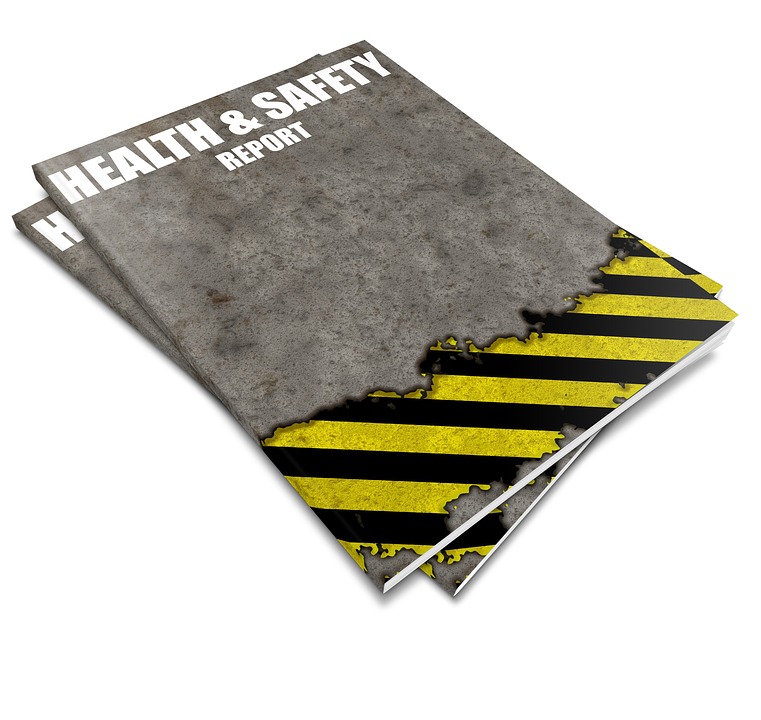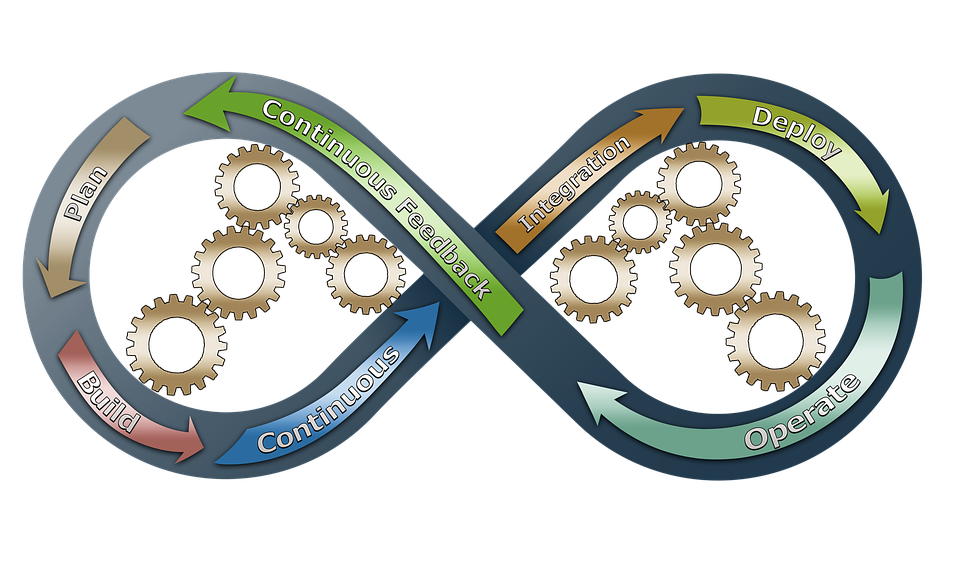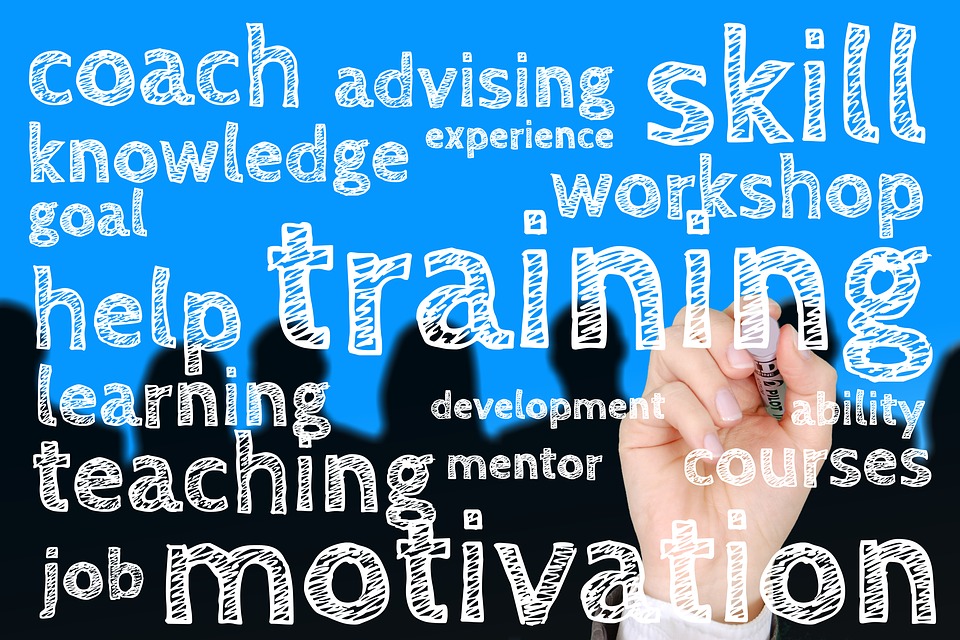Employers are responsible for maintaining a safe and healthy work environment for their employees.
In California, every employer with 10 or more employees is required by the state (Cal/OSHA) to have an effective Injury and Illness Prevention Program (IIPP). Additionally, they must record injuries and illnesses on Form 301, and prepare an annual summary on Form 300A of all the work-related injuries and illnesses that occurred during the calendar year. Form 300A must be posted between February 1 and April 30. These forms are available from the State of California Department of Industrial Relations. Records need to be maintained in your files for 5 years.
The Injury and Illness Prevention Program must be a written plan that includes policies and procedures on topics such as safe work practices, periodic inspections, what to do in the event of an accident, safety training, and recordkeeping. There are 8 specific elements that must be included in the plan:
- Management commitment/assignment of responsibilities
- Safety communications systems with employees
- System for ensuring employee compliance with safe work practices
- Scheduled inspections /evaluation system
- Accident investigation
- Procedures for correcting unsafe/unhealthy conditions
- Safety and health training and instruction
- Recordkeeping and documentation
Review your IIPP at least annually to ensure that policies and procedures are up to date and that it includes any newer situations, e.g., active shooter, that you need to be prepared for. FEMA has some helpful information on what to do in the event of an earthquake, fire, or active shooter.
Additionally, to be effective your IIPP must:
- Fully involve all employees, supervisors and management
- Identify the specific workplace hazards that employees are exposed to
- Correct identified hazards in an appropriate and timely manner
- Provide effective training
If you employ fewer than 10 employees, you can:
- Communicate to and instruct employees orally about safe work practices
- Choose to maintain records of inspections only until the hazards identified are corrected
- Document training by maintaining an instruction log that you provide to a new employee or to an employee reassigned to new duties
Seasonal employers can use a model program designed specifically for seasonal employers, available at the Division of Occupational Safety and Health (Cal/OSHA) website. Additional IIPP requirements apply to specific industries, such as the construction and petroleum industries.
Cal/OSHA has created a Microsoft Excel workbook that contains Form 300, Form 301, and Form 300A. The forms are linked, so the totals on Form 301 are automatically copied to Form 300A. This facilitates the process of recording illnesses and injuries and transferring them to the yearly summary.
If you need help developing your IIPP plan, please contact me at Michelle@connecttohr.com.














